Legendary ad man Bill Bernbach maintained that good creative ad copy is rooted in understanding those characteristics of human nature that truly move your buyer.
Bernbach and his contemporaries David Ogilvy, Mary Wells Lawrence, and Leo Burnett, among others, were ad industry giants that ushered in the 1960s Creative Revolution.
AUDIO: LISTEN TO THIS ARTICLE
This “Golden Age of Advertising” had its heyday in the 1960s and 1970s when three-martini-lunches were the norm, and larger-than-life personalities pitched big ideas—that stuck—and turned the industry on its head.
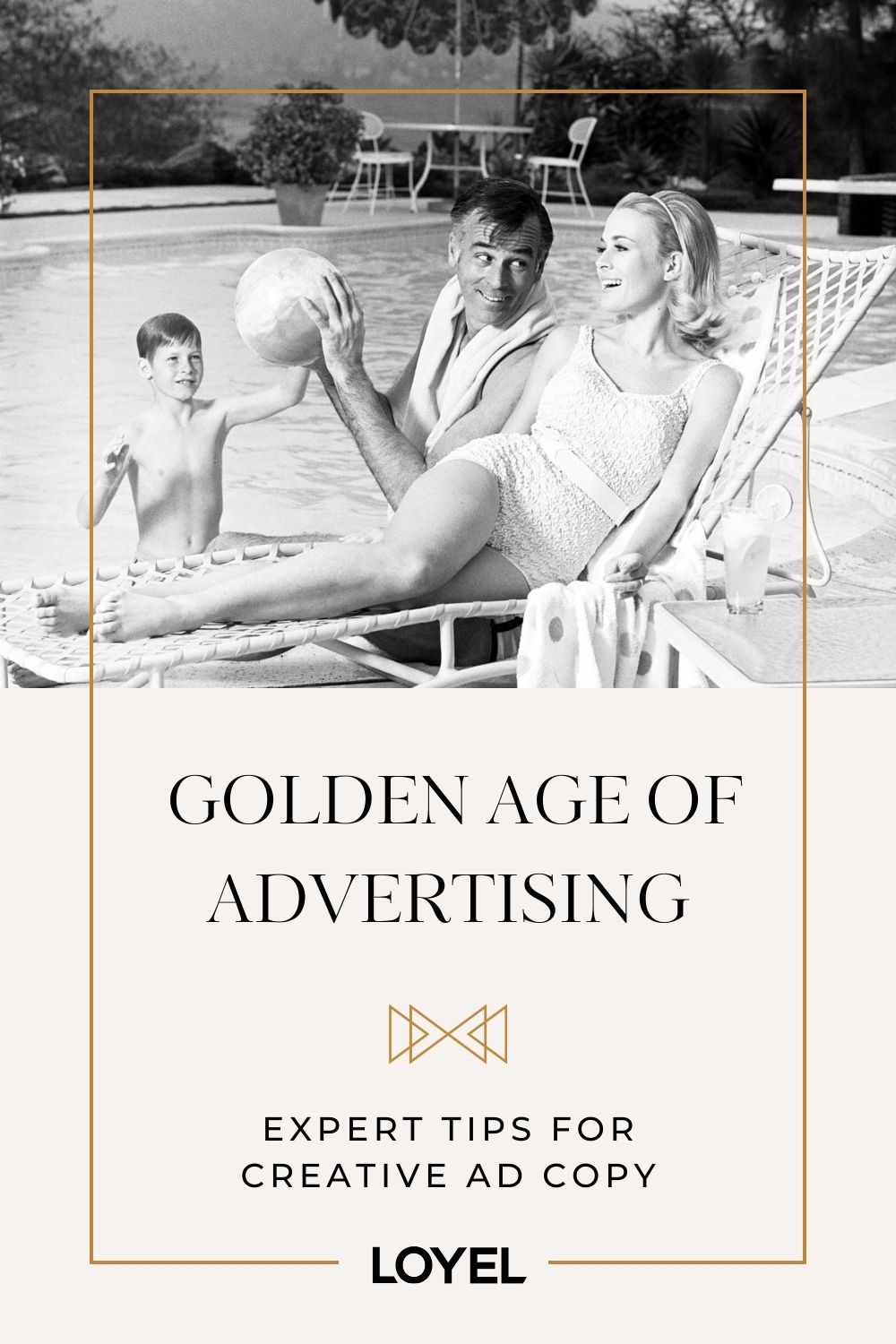
Bernbach said, “. . . good writing can be good selling.”
Whether it motivates a potential buyer to look online for more information, book a reservation, or visit your store, the goal of well-written copy is to inspire action.
Bernbach, alongside his peers, put creative practices in place—we still use today—to do just that:
Fundamentals of Creative Ad Copy
- Know your people
- Judge your product
- Find your inspiration
- Sell the experience
- Make it personal
- Provoke feelings
- Tell the truth
- Simplify
- Leverage the medium
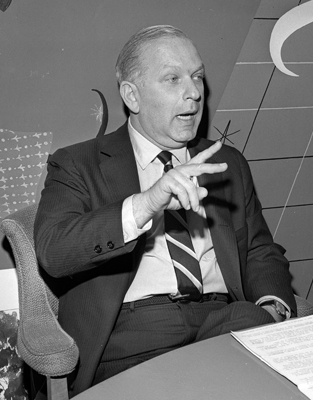
“Tear away at the unrelated. Pluck out the weeds that are smothering your product message.”
– Bill Bernbach
Photo credit: Bill Bernbach at 1964 press conference by Jack Carrick, Los Angeles Times
To write compelling ads that convert consumers into buyers . . .
First, Know Your People
Mirror their voice.
David Ogilvy, the Madison Avenue advertising maverick, famously said, “If you’re trying to persuade people to do something or buy something, it seems to me, you should use their language.”
Pore over consumer comments, social feeds, and customer reviews for both your business and your competitors.
Pay attention not only to what they say but also how they say it.
Bear in mind, potential buyers might sometimes respond in ways that camouflage how they genuinely feel. Check that their actions line up with your data.
You can use these insights later when brainstorming.
Judge Your Product
Bring a fresh perspective.
“Get thoroughly familiar with the product and the market,” Bernbach said.
Conduct online and in-store research to deepen your understanding of how your product is perceived by consumers in the marketplace.
Look at your product through your customers’ eyes. Consider what they think when they first come across it.
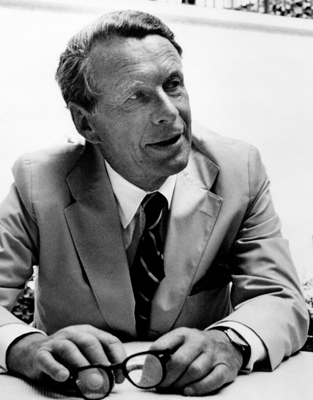
“If you’re trying to persuade people to do something, or buy something, it seems to me you should use their language.”
– David Ogilvy
Photo courtesy: Advertising Hall of Fame
Find Your Inspiration
Dig deep.
Turn to your customer research prior to framing your advertising message.
Industry legend Mary Lawrence Wells, the acclaimed advertising pro behind “I Love New York” and “Trust the Midas Touch,” advised: “When copywriting, be a detective and a psychiatrist before allowing yourself to be an artist.”
Study your buyer and their habits. Understand their needs and desires—how your product will make a difference in their lives.
Get clear on how and why they make the choices they do before you put pen to paper.
Look for Its Inherent Value
Sell the experience.
People don’t just buy a product they buy what a product will do for them.
Advertising trailblazer Leo Burnett, responsible for some of the most well-known characters and campaigns of the 20th century, including Tony the Tiger, the Marlboro Man, and United’s “Fly the Friendly Skies,” said: “Don’t tell me how good you make it; tell me how good it makes me when I use it.”
While it may be as simple as a pair of running shoes, consider what your ideal customer values and identifies with most when making their purchase.
For instance, Nike markets achieving better versions of ourselves while Martha Stewart promotes elevated everyday living.
Pinpoint that unique experience that gets right to the heart of why a buyer chooses your product.
Find fresh, new ways to express that benefit. Then, ask yourself how you can bring that idea to life.
Make it Personal
Speak to one person.
The meaning of your ad’s message will be interpreted by a single person, even if that individual is making decisions for a group.
Your copy should reflect that.
Present what’s most important to your buyer and speak directly to them for greater impact.
Say, if your company sells office supplies, aim your message to the small business owner differently than if it were geared toward the office manager.
“When copywriting, be a detective and a psychiatrist before allowing yourself to be an artist.”
– Mary Wells Lawrence

Photo credit: 1969 Wells Rich Greene Agency Mary Wells Lawrence at her desk
Provoke Feelings
Poke the bear.
But don’t resort to tricks and tropes, mindless repetition, or screaming ads. It can come across as frivolous, or worse, insulting.
Great ideas presented with context and relevance are essential to creative ad copy. Place your energy there.
Bernbach encouraged his team: “Be provocative. But be sure your provocativeness stems from your product. You are NOT right if in your ad you stand a man on his head JUST to get attention. You ARE right if you have him on his head to show how your product keeps things from falling out of his pockets.”
Humor can work when used correctly but can also be a slippery slope. If you choose this path, be sure you have the resources and a fine-tuned script to pull it off. If it falls flat, you’ve wasted your money.
Tell the Truth
Don’t mislead or exaggerate.
Consumers are savvy and judge advertising scrupulously.
Use a creative idea to draw attention to what makes your product unique instead.
Bernbach said, “The most powerful element in advertising is the truth.”
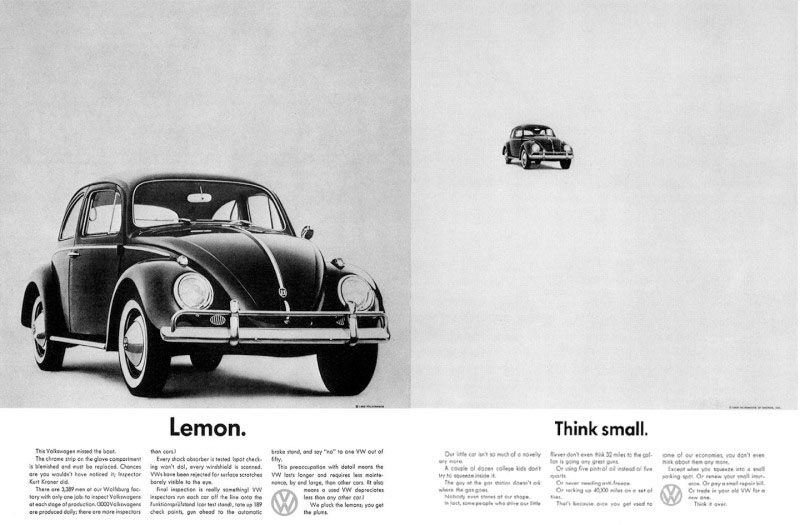
In 1959, his agency’s breakthrough Volkswagen Beetle “Think Small” campaign introduced this little, peculiar-looking German car to U.S. car buyers at a time when big-sized American-made vehicles ruled the road. The minimalist campaign was not only clever and honest but also ensured the car stood out. The campaign, ranked as the best in the 20th century by Ad Age—transformed modern advertising.
Be specific. If buyers save 18% by shopping in your store, say so. It’s more credible than claiming everyone will save like never before.
Consumers trust specifics.
Again, Ogilvy can shed light here: “You need to tell the truth and be specific. With concrete numbers, meaningful phrases, and precise details, your copy becomes real. And when things sound real, people believe them.”
“Don’t tell me how good you make it; tell me how good it makes me when I use it.”
– Leo Burnett
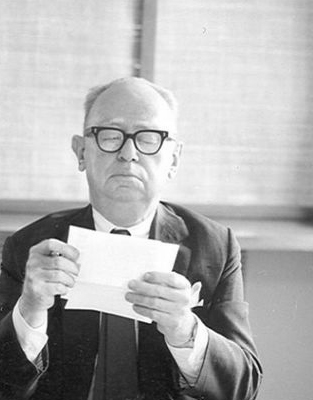
Photo credit: Leo Burnett Worldwide
Simplify
Less is more.
Too much copy drains people. Too much story loses them.
Bernbach believed good ad copy presents a creative idea clearly and concisely.
Scrap needless words and pace your copy.
Leave room for those elements that make your ad more interesting. For instance, music changes and sound effects.
Give your audience the space they need to engage their imagination.
“Tear away at the unrelated. Pluck out the weeds that are smothering your product message,” Bernbach advised.
Edit ruthlessly. Make the facts intriguing. Focus on how to make your ad its most effective.
Creative Ad Copy Leverages the Medium
Whether you’re writing for traditional or non-traditional advertising, there are opportunities to put these fundamentals for creative ad copy to good use.
Here are some tips:
Audio and video are intimate mediums. Write copy to personalize your message and humanize your brand when using them.

Most broadcast advertisements are fifteen, thirty, or sixty seconds.
When writing your first draft, start with a 30-second script. Once you have an outline, you can whittle it down to a 15-second script or expand it to a full 60-second script, based on what you need.
Write in a way that would sound natural if you read it out loud. Get a sense of rhythm and inflection. Then, smooth over any rough spots.

WHAT YOU SHOULD READ NEXT
Pappy Van Winkle: The World’s Most Sought-After Bourbon
Explore the bootstrap ingenuity and shrewd marketing behind this legendary brand . . . ( keep reading )
For interviews, ditch the script. As humans, we seldom speak in complete sentences. We tend to express our thoughts in fragments. Scripted responses sound and look stilted or rehearsed.
Instead, prepare talking points. That way varied responses can be captured when the interviewer poses questions differently. Then, in post-production, the producer can assemble the best clips to make your ad more natural and compelling.
For video and TV ads, be sure there will be footage to cover what viewers see, hear, and read. Write your copy to accommodate all three.
Limit the amount of on-screen text repeated in your voiceover—amounting to sensory overload. Your images and words should work in tandem, not overwhelm the viewer.
Many online platforms default to the audio switched off. Make sure your message can be understood even when the sound is muted.
Grab attention in the first five seconds, especially for skippable in-stream video ads so that your viewer is more inclined to watch your ad all the way through.
Try These Bonus Tips When Writing Creative Ad Copy
- Time your copy—read it aloud several times
- Err on the side of too little rather than too much copy
- Have a strong hook
- Make sure to include your call-to-action (CTA)
- Direct your audience to your website rather than a phone number.
Wrapping up
While the way we deliver our advertising message has evolved. As Bernbach knew so well: How we craft that message to make it persuasive and effective—hasn’t.
▶ Know your customer and speak their language.
▶ Understand your product and its inherent value.
▶ Latch on to its unique difference, then make it stand out.
▶ Present your idea honestly, simply, and powerfully.
Creative ad copy builds on these solid fundamentals—developed at the height of the Golden Age of Advertising—to tap into the feelings and experiences we all share.
Comments +